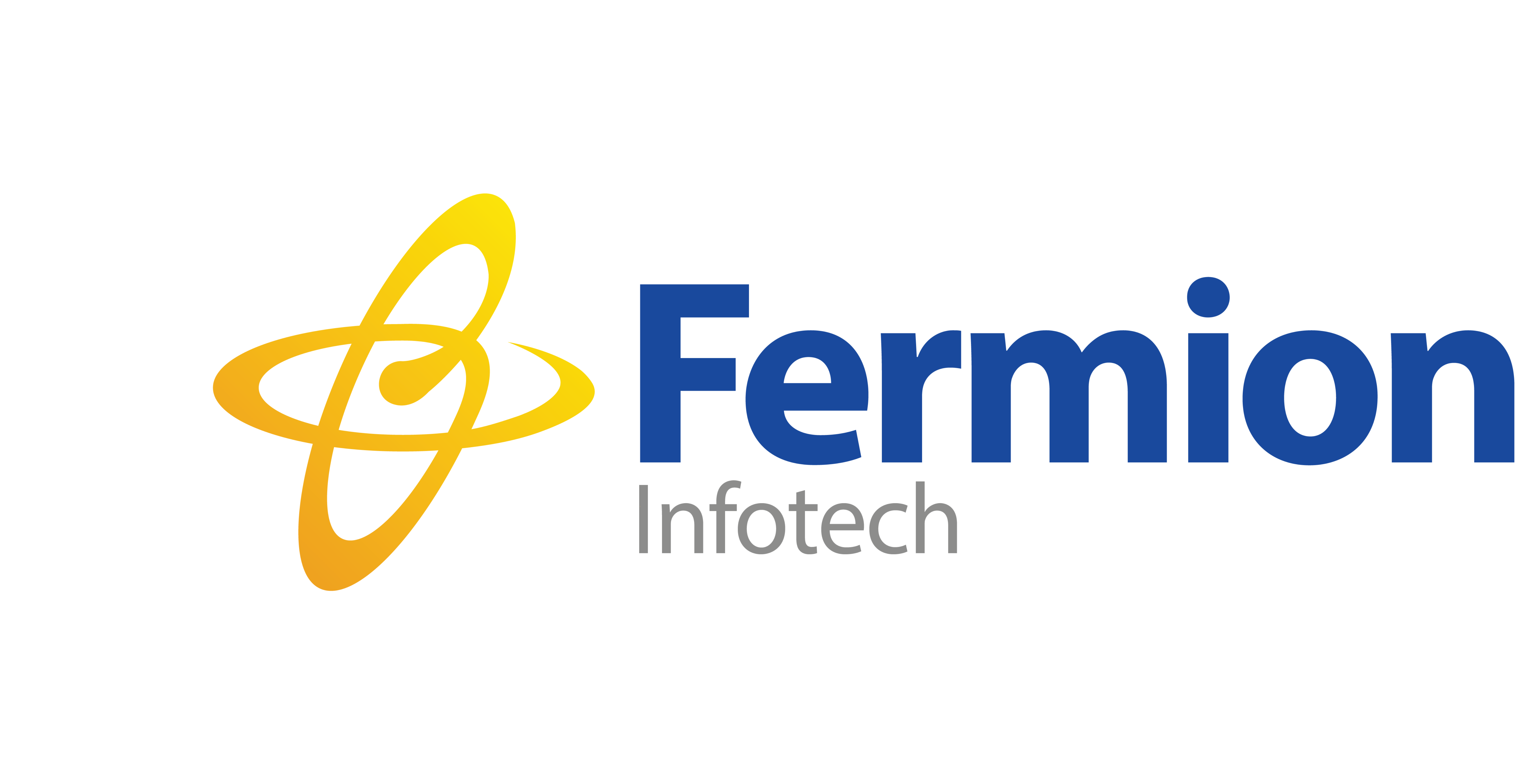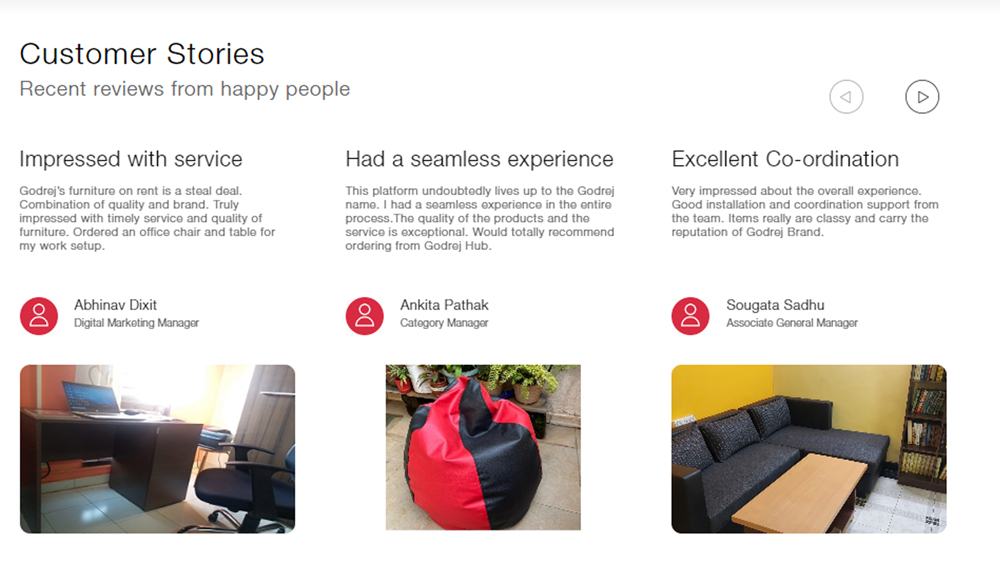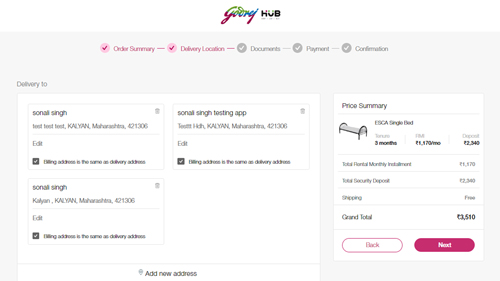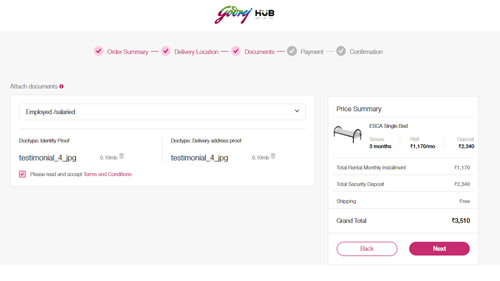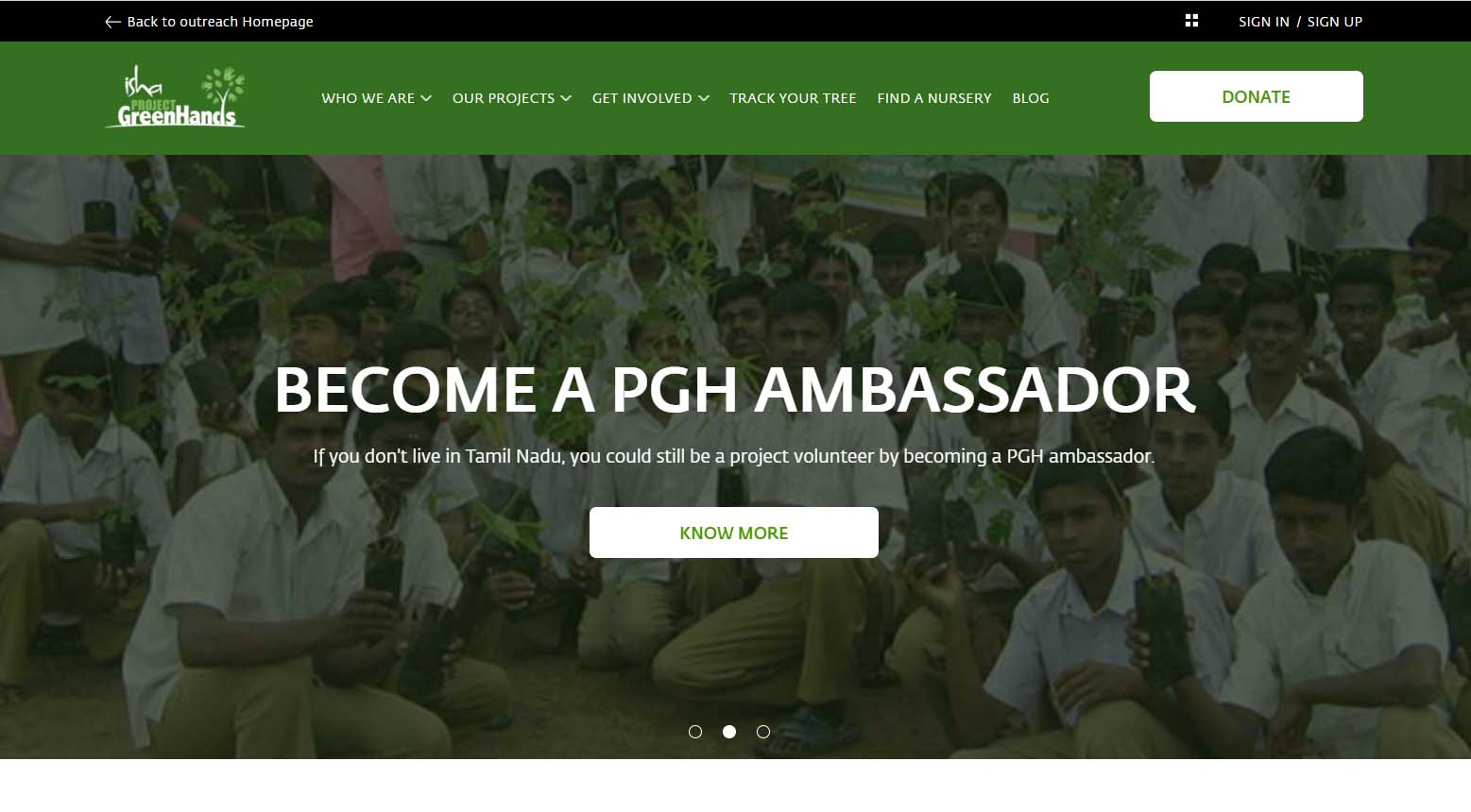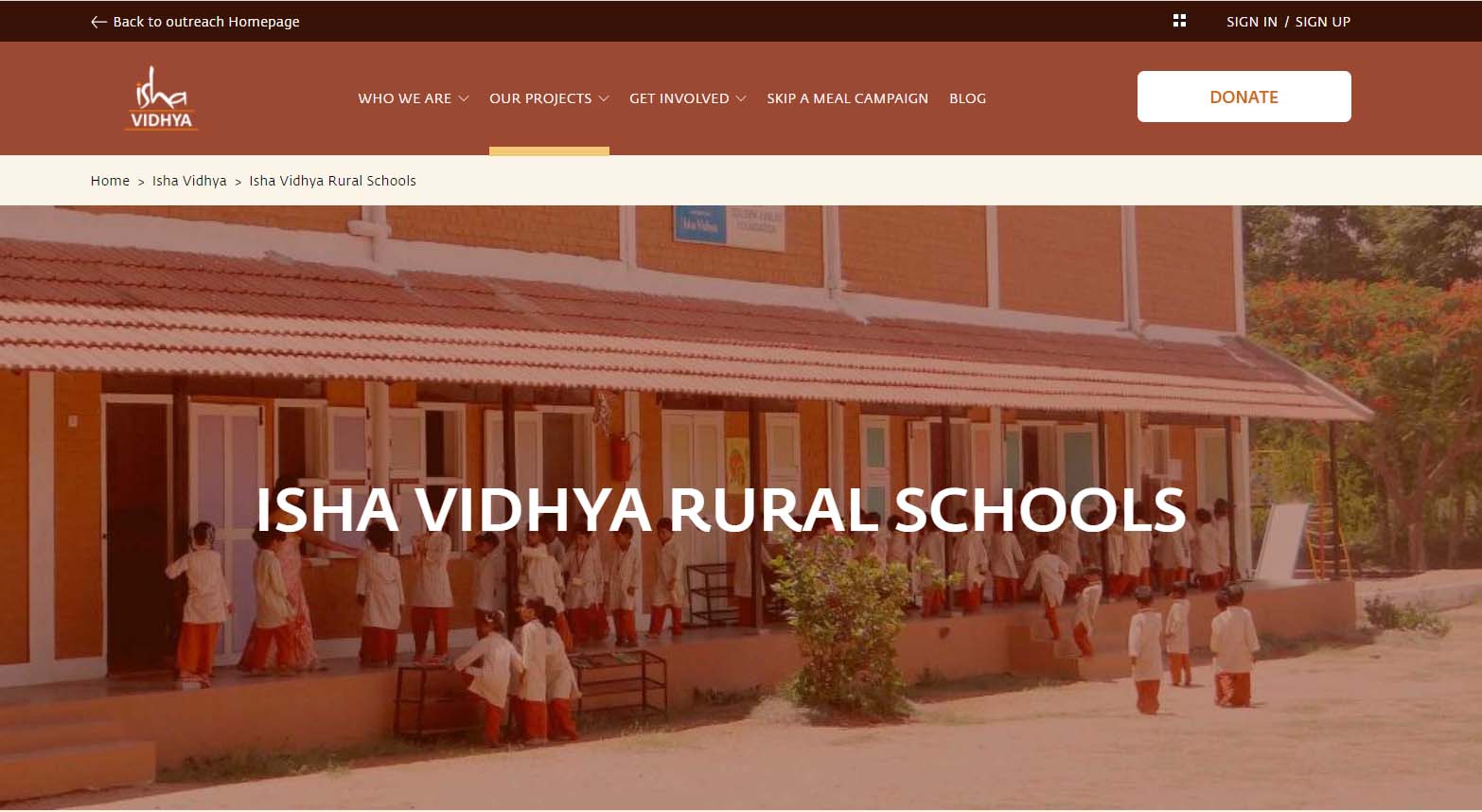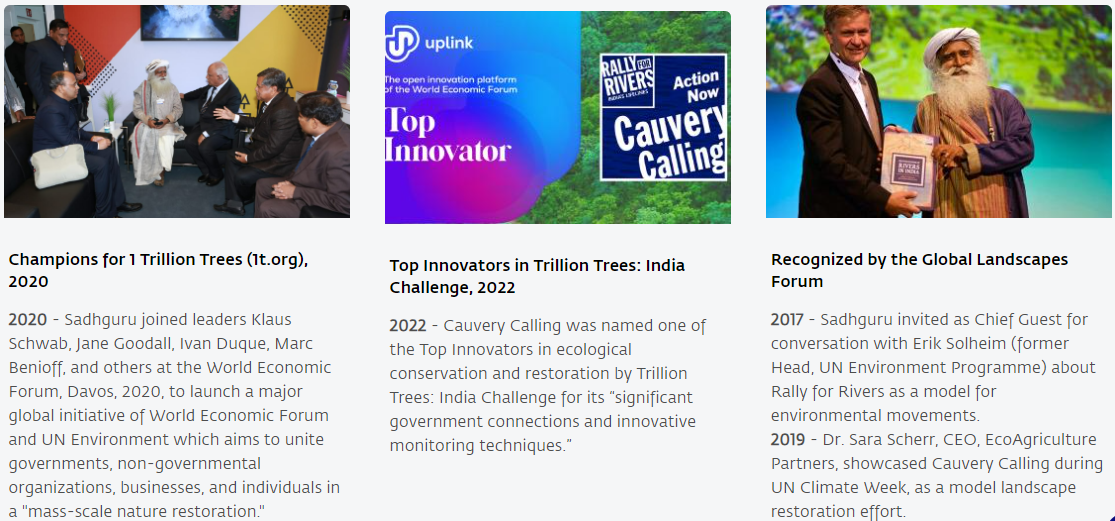We’re looking for an experienced Sales Head to join our team. The ideal candidate will have a strong background in sales, preferably in the Software Development or IT industry, with a proven track record of exceeding sales goals and driving significant revenue growth.
-
Team Building and Leadership:
- Recruit, train, and lead a high-performing sales team.
- Foster a collaborative and results-oriented culture within the sales department, once it is set-up.
- Providing coaching and development to Sales team members & maximize their performance.
-
Sales Strategy and Planning:
- Develop and implement a comprehensive sales strategy aligned with company goals.
- Identify target markets, industries, and customer segments for ECommerce software solutions.
- Achieve sales targets by being hands-on yourself.
-
Business Development:
- Personally engage in lead generation activities, including networking, cold calling, and attending industry events.
- Build and maintain strong relationships with key stakeholders, decision-makers, and potential clients.
- Work closely with the Marketing manager to ensure both Sales & Marketing are fully aligned to be generating targeted leads consistently month-on-month.
-
Client Engagement:
- Conduct in-depth consultations with clients to understand their business requirements.
- Present and demonstrate our ECommerce solutions effectively, addressing client needs and concerns.
-
Sales Process Management:
- Manage the end-to-end sales process, from lead generation to deal closure.
- Set-up a CRM for tracking progress for each prospect, give guidance to the sales team and provide regular updates to the Directors.
- Set and achieve sales targets and KPIs, ensuring consistent performance and growth.
-
Market Intelligence:
- Stay updated on industry trends, competitor activities, and market dynamics.
- Provide valuable insights to the leadership team for service enhancement and market positioning.
-
Travel:
- Willingness to travel as required to meet clients, attend industry events, and build business relationships.
- 15+ years of experience in sales, preferably in the Software Development or IT industry.
- A proven track record of exceeding sales goals and achieving significant revenue growth.
- Strong leadership and motivational skills, with the ability to build and inspire a high-performing team.
- Excellent communication, presentation, and interpersonal skills.
- Proven ability to negotiate and close complex deals.
- Strong analytical and problem-solving skills.
- Experience with CRM systems and sales methodologies.
- A deep understanding of the IT, Software Development or Ecommerce development or industry and its competitive landscape.
- Extensive network of contacts and relationships within the industry.
- Bachelor’s degree in business administration, Marketing, or a related field.
- Competitive salary as per industry standards and benefits package.
- Opportunity to work in a fast-paced and dynamic environment.
- Be part of a team that is passionate about making a difference.
- Career growth and development opportunities.
